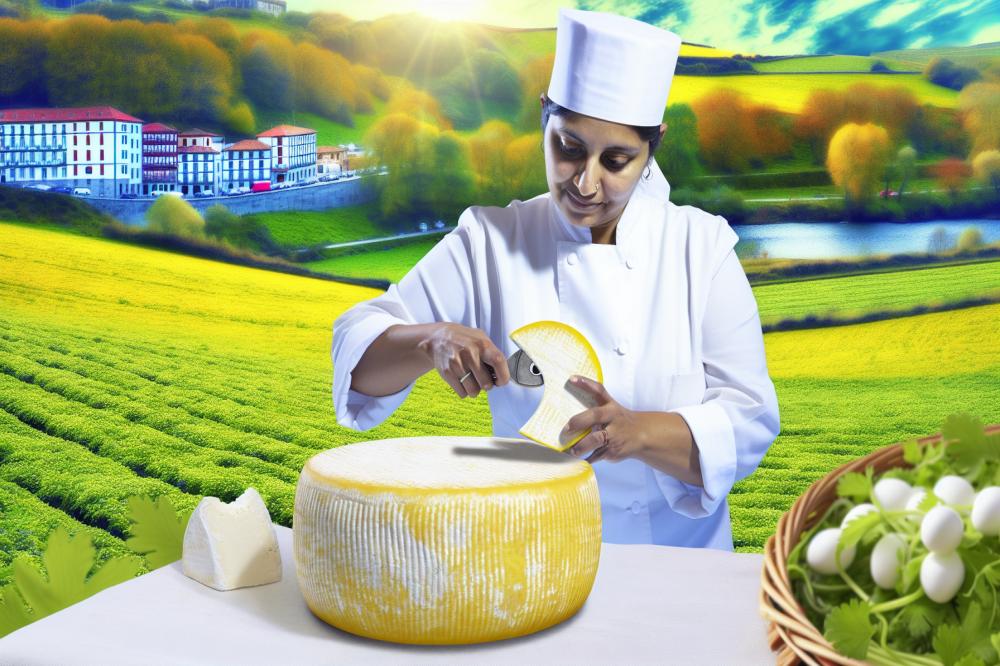The Art of Making Tetilla Cheese in Galicia
Overview of Tetilla Cheese and its significance in Spanish cuisine
Tetilla Cheese is a delicious dairy product that hails from the lush landscapes of Spain, specifically the region of Galicia. This cheese stands out due to its distinct shape, which resembles a woman’s breast, hence the name “tetilla.” Its creamy texture and mild flavor make it a favorite among cheese lovers. Often enjoyed as part of a charcuterie board or melted in various dishes, it brings a special touch to any meal. The cheese is made from cow’s milk, adding to its rich, buttery taste.
Galicia boasts a long history of cheese-making traditions. The region benefits from favorable weather and lush pastures, creating ideal conditions for dairy farming. Craftsmen have perfected their techniques over generations, allowing them to produce exceptional cheeses. The importance of local ingredients cannot be overstated. Fresh milk contributes significantly to the quality and character of the cheese.
Exploring Tetilla Cheese takes one deeper into Spain’s culinary landscape. Each bite offers a taste of Galician culture, where food is not just sustenance but also a celebration of local heritage. In this vibrant region, cheese-making is an art form, uniting craft and community. Embracing this tradition allows for appreciation of not only the flavors but also the stories behind each wheel of cheese.
Tetilla Cheese
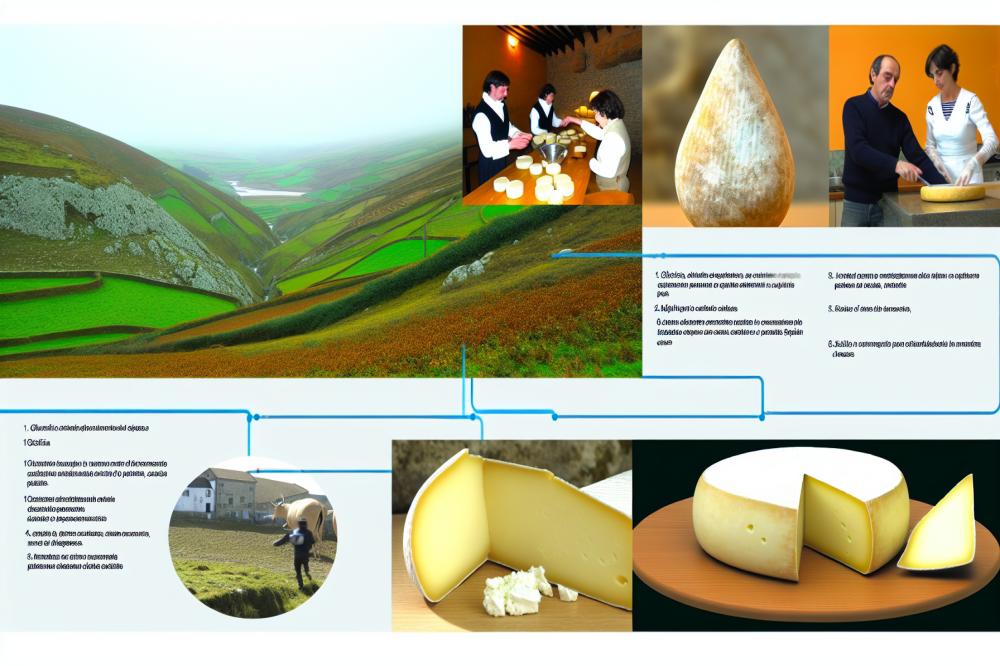
Tetilla cheese is a soft cheese hailing from the beautiful region of Galicia in Spain. The cheese has a characteristic conical shape, resembling a woman’s breast, which is where it gets its name. Its pale yellow rind encases a creamy interior that tempts many with its mild flavor. The texture is smooth and buttery, melting easily in the mouth and leaving a pleasant aftertaste.
Those who enjoy this cheese often note its gentle aroma, which is not overpowering. The taste profile is subtle, yet it carries hints of fresh milk and a slight tanginess that makes it distinct. This flavor complexity can vary slightly based on the specific techniques used in its production. Many people appreciate the balance between creaminess and a non-intrusive taste, making it versatile for various culinary applications.
Traditional Production Methods
Making Tetilla involves a time-honored process that has been passed down through generations. Artisans start with high-quality cow’s milk, often sourced from local farms that prioritize traditional grazing methods. The milk is heated and combined with rennet to begin the curdling process. Once the curds form, they are cut and stirred, allowing the whey to separate.
After draining the whey, curds are then molded into their iconic shape. This step is crucial, as the characteristic conical form is part of what defines this cheese. Once molded, the cheese is left to age for a short time, usually around 10 days. This aging period allows the flavors to develop while maintaining the signature softness.
Local Resources and Techniques
The production of this cheese heavily relies on local resources. Grass-fed cattle of native breeds graze on the rich pastures of Galicia. The microclimate here contributes to the exceptional quality of the milk. Additionally, traditional methods used by cheesemakers add a layer of authenticity that modern processes cannot replicate.
In Galicia, the craft of cheesemaking is not solely about the product; it’s about culture. The techniques passed down through families hold immense importance. Local cheesemakers take pride in their workmanship, treating it as an art form. This cultural heritage helps to maintain the integrity of the cheese and supports local economies.
Every step, from the choosing of milk to the shaping of the cheese, hinges on tradition. Many producers partake in community events, sharing knowledge and celebrating their craft. Such practices ensure that the legacy of Tetilla continues for future generations. This connection between people, land, and product adds a distinct richness, making every bite a taste of history.
Galicia
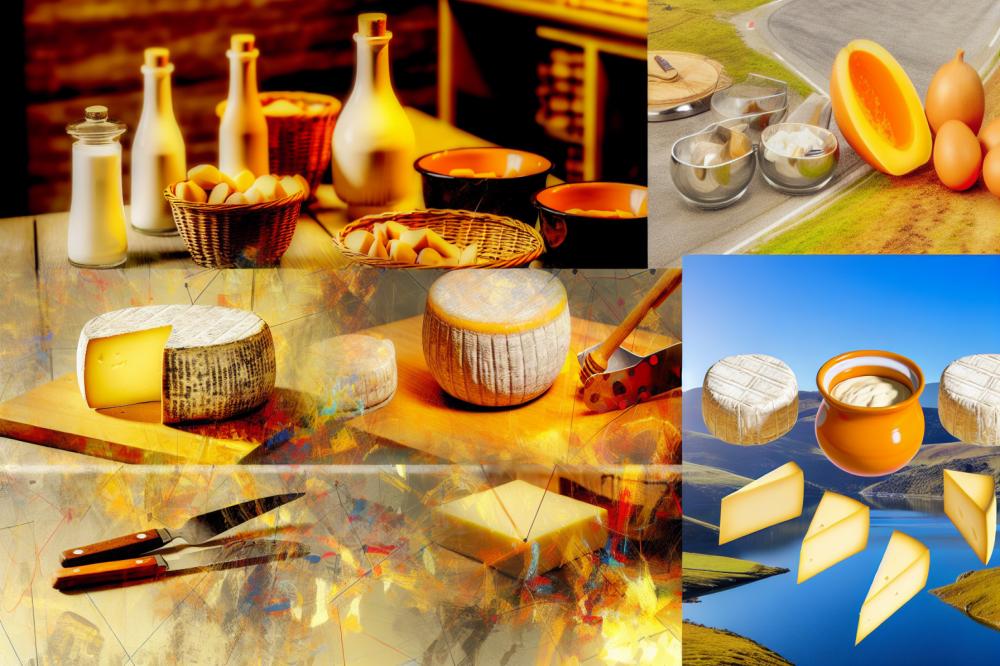
Galicia is a vibrant region in the northwest of Spain. Its lush landscapes and rugged coastline make it a picturesque location. The culture here reflects a blend of ancient traditions and modern influences. A rich history, combined with native languages like Gallego, adds to its charm. This area is known for its strong sense of community, which ties closely to local food production.
cheese making is an important part of Galicia’s culinary heritage. The region boasts ideal conditions for dairy farming. Mild weather and fertile pastures benefit the herds that graze on rich grasses. These cows, primarily of the Frisian and Pardo breeds, produce high-quality milk. It is this milk that forms the base for many local cheeses, including the famous round Tetilla.
Characteristics of the Region
Several factors contribute to the distinct flavor and texture of cheeses from this area. The milking process occurs in small, family-run farms where traditional techniques are still in use. Each producer brings their personal touch, resulting in various flavors and textures. Additionally, the humidity and crisp air of the Galician climate create an environment that supports aging. These elements help shape the final product, offering layers of taste.
Other Notable Cheeses
Galicia is not just about one type of cheese. Other varieties also stand out in the Spanish cheese landscape. For example, San Simón da Costa features a unique smoked flavor, thanks to the special wood used during its production. Another well-known option is Arzúa-Ulloa, characterized by its creamy texture and mild taste. Both reflect the dedication of local artisans who prioritize quality and tradition.
Gastronomy in Galicia embraces these cheeses as essential components. Peters like octopus and seafood often make use of local dairy products, elevating dishes to new heights. Festivals celebrating food also highlight the importance of cheese in Galician culture. Visitors often engage with producers, learning about their methods and enjoying tastings. This connection adds a personal touch to the experience.
Tetilla Cheese Recipe
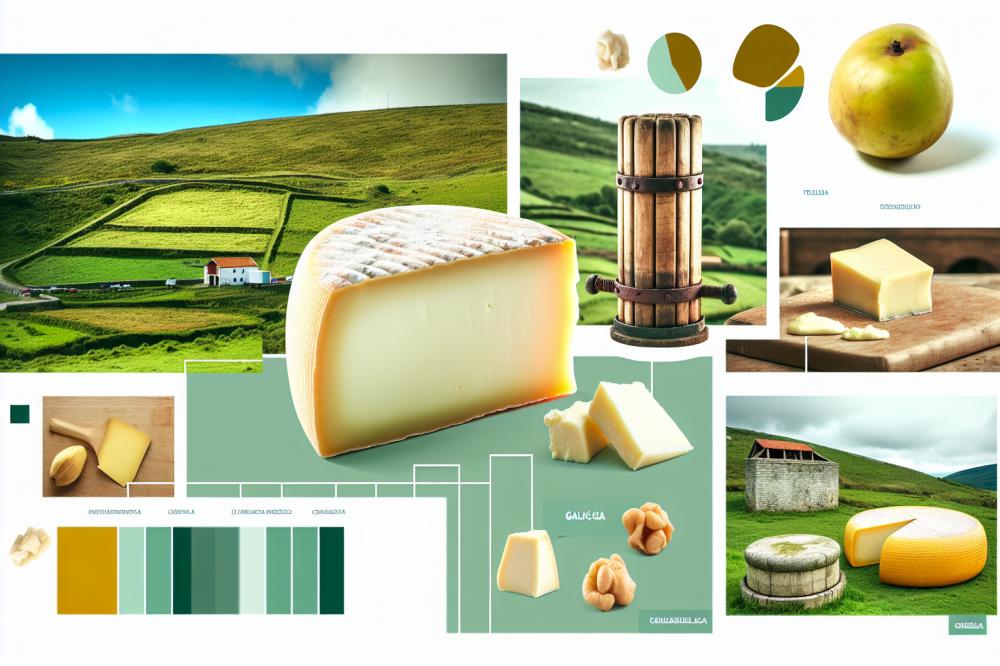
Making Tetilla Cheese at home can be a rewarding experience. This creamy cheese comes from Galicia, Spain, and has a distinct shape reminiscent of a woman’s breast, hence its name. Below are the ingredients and step-by-step instructions to help you craft this delicacy.
Ingredients
- 4 liters of cow’s milk
- 1/4 teaspoon of mesophilic starter culture
- 1/8 teaspoon of rennet
- Salt (to taste)
Instructions
First, heat the milk to about 32°C (90°F) in a large pot. Stir occasionally to prevent any scorching. Once at the right temperature, sprinkle the mesophilic starter culture over the surface. Let it rest for about 10 minutes to activate.
Next, gently mix the culture into the milk using an up-and-down motion. After that, dilute the rennet in a small amount of cool, non-chlorinated water. Add this mixture into the milk, stirring gently for about 30 seconds. Allow the milk to sit undisturbed for 30 to 60 minutes until it sets into a soft gel-like consistency.
Now it’s time to cut the curds. Use a knife to cut them into small pieces, about 1 to 2 cm in size. Allow the curds to rest for 5 to 10 minutes. After resting, gently stir the curds to release some whey. Once prepared, heat the curds slowly to 38°C (100°F) while stirring. Maintain this temperature for about 30 minutes.
After heating, scoop the curds into a cheesecloth-lined mold. Press the curds to help them release more whey. Let the cheese drain for several hours. When it has reached the desired firmness, remove it from the mold. Sprinkle salt over the surface to enhance flavor.
Tips for Success
Using high-quality milk is crucial for the best flavor. Fresh, raw milk is preferred, but pasteurized milk can work, too. A thermometer helps monitor temperatures accurately to optimize results. Patience is key during the curd setting and draining stages.
Variations
For a slight twist, consider adding herbs like rosemary or paprika to the curds before pressing. This can infuse the cheese with additional flavors. You could also experiment with different types of acidity, such as using buttermilk in place of starter culture to change the taste profile. Enjoy your homemade cheese in various recipes, from a cheese platter to melted on grilled bread.
Nutritional Information and Health Benefits
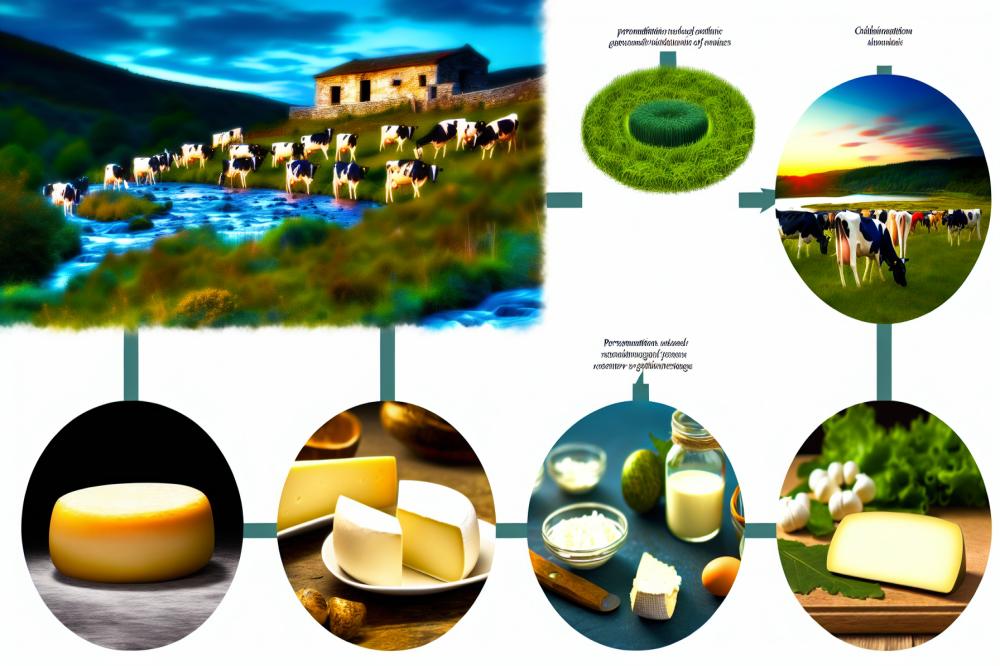
Tetilla Cheese is not just a delight for the palate; its nutritional value is noteworthy as well. This semi-soft cheese is rich in essential nutrients that contribute to a healthy diet. For those interested in the details, a typical serving size contains around 28 grams of cheese, providing about 7 grams of protein. Protein is crucial for muscle health and aids in various bodily functions.
Calcium is another significant component. Each serving offers a substantial amount that supports bone strength and overall health. It plays a role in various bodily processes, including nerve transmission and muscle contraction. Regular intake of calcium-rich foods is vital, especially for growing children and aging adults.
Some studies suggest that certain cheeses may contain probiotics. These beneficial bacteria promote gut health and can aid digestion. While Tetilla Cheese might not have the same probiotic levels as yogurt, it still supports a balanced diet and healthy digestive system.
Incorporating this cheese into your meals can be quite enjoyable. It pairs well in salads, melted on croutons, or even as a simple snack with fruit. Mixing it into dishes like pasta or risotto can add a rich flavor and creaminess that enhances the overall meal experience.
Remember, moderation is essential. While this cheese has health benefits, it’s also high in fat. Balancing it with fresh vegetables, whole grains, and other sources of nutrition can provide a more rounded dietary approach. Pairing Tetilla Cheese with a variety of foods can maximize its benefits while keeping meals interesting and tasty.
Final Thoughts on Tetilla Cheese
Tetilla Cheese holds a special place in both the heart of Galicia and the broader realm of Spanish cuisine. This traditional cheese symbolizes the rich agricultural heritage of the region. Renowned for its distinctive shape and creamy flavor, it captivates the palates of many. Beyond its delightful taste, it tells a story of craftsmanship passed down through generations.
Exploring the art of cheese making provides a rewarding experience. Making it at home allows both novices and seasoned cooks to connect with their food in meaningful ways. Have you ever tasted a product fresh from your kitchen? It’s a joy that few other culinary pursuits can match.
The process can be an adventure, with each step unveiling the chemistry behind this age-old craft. Moreover, home cheese making promotes a deeper appreciation for artisanal products and the effort tied to them. So why not give it a try? Step into the world of Galician flavors and discover a new passion. Enjoying this delicious offering is more than just savoring a meal; it’s about embracing a piece of history and tradition.

